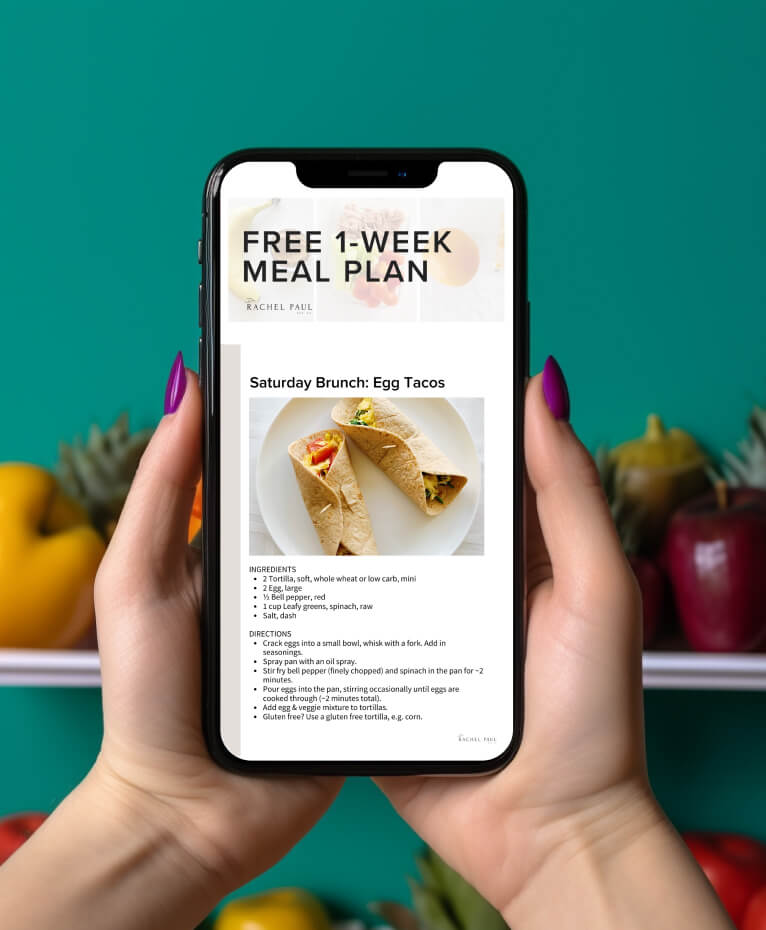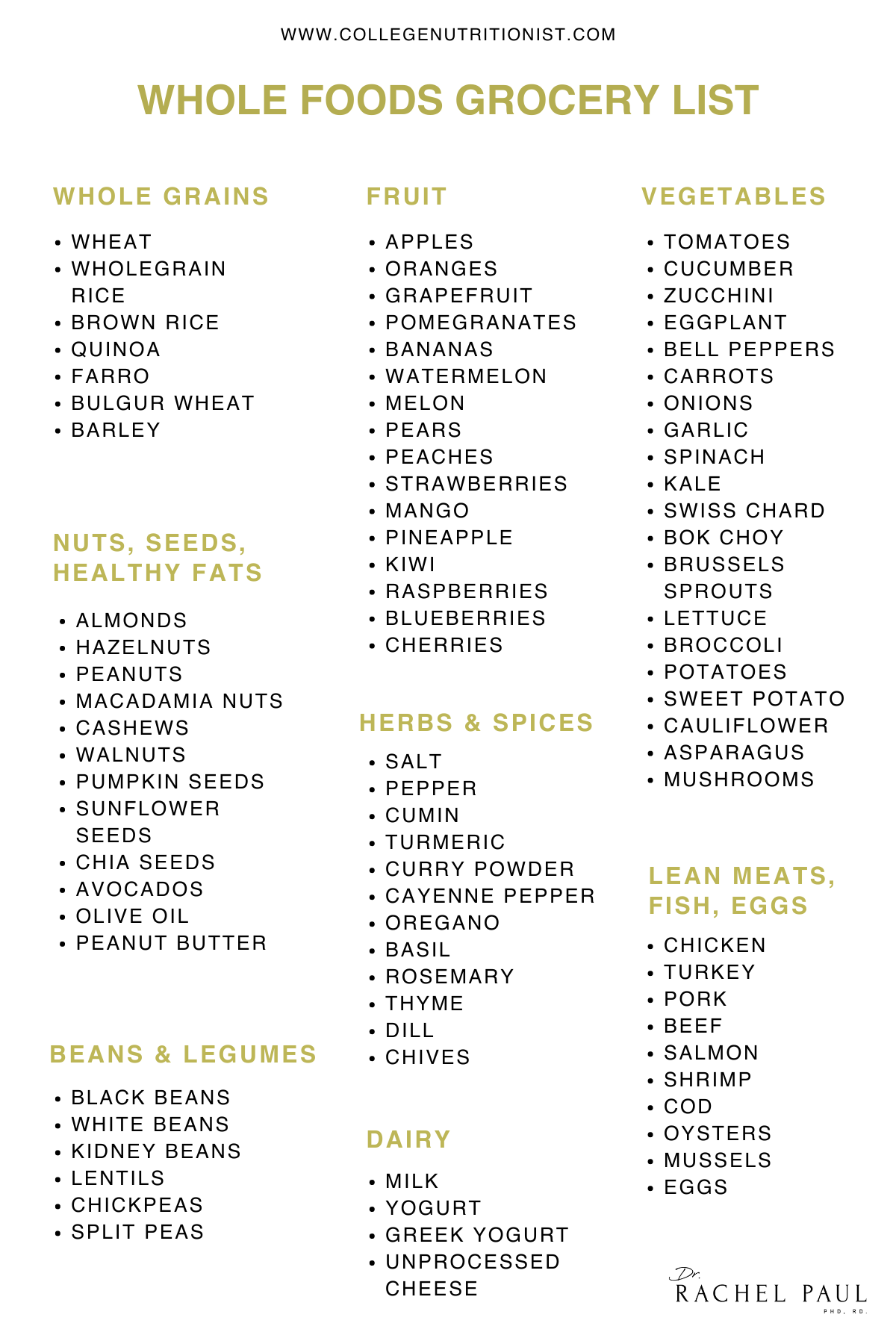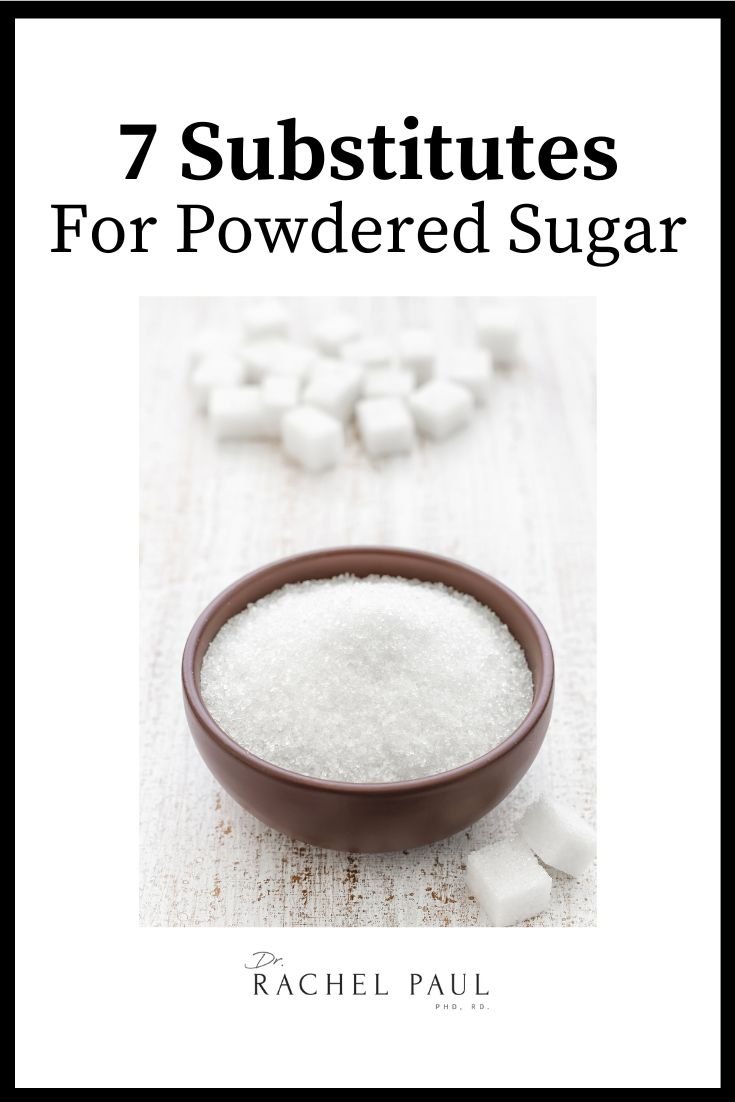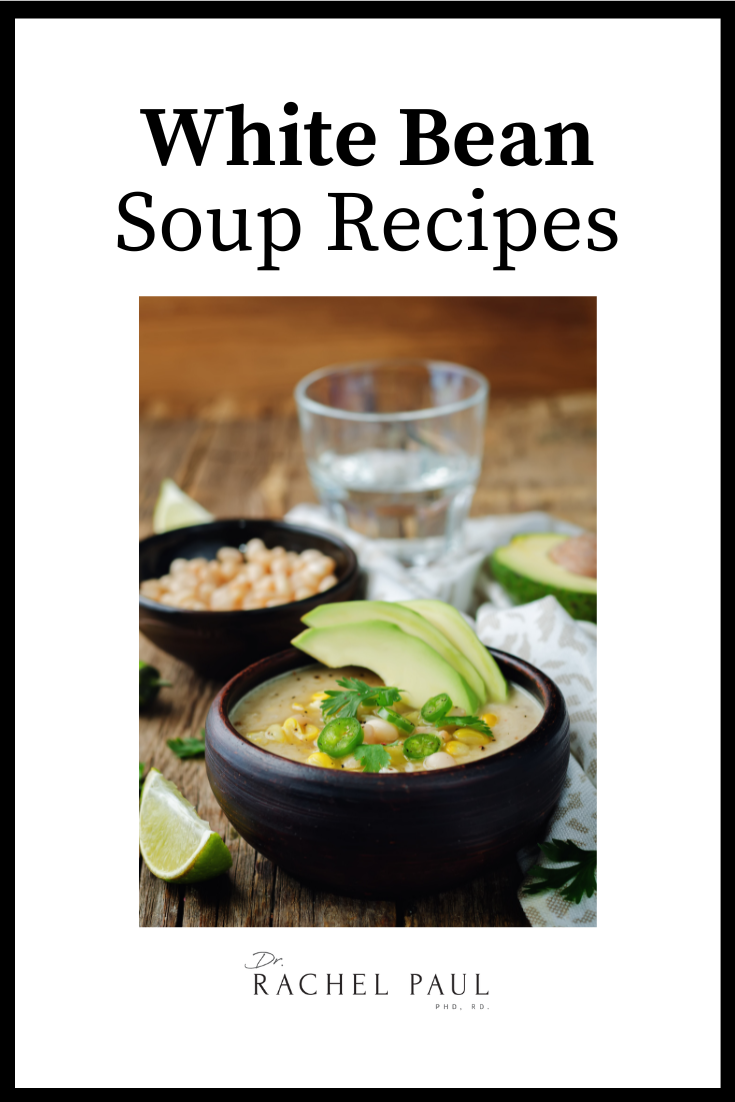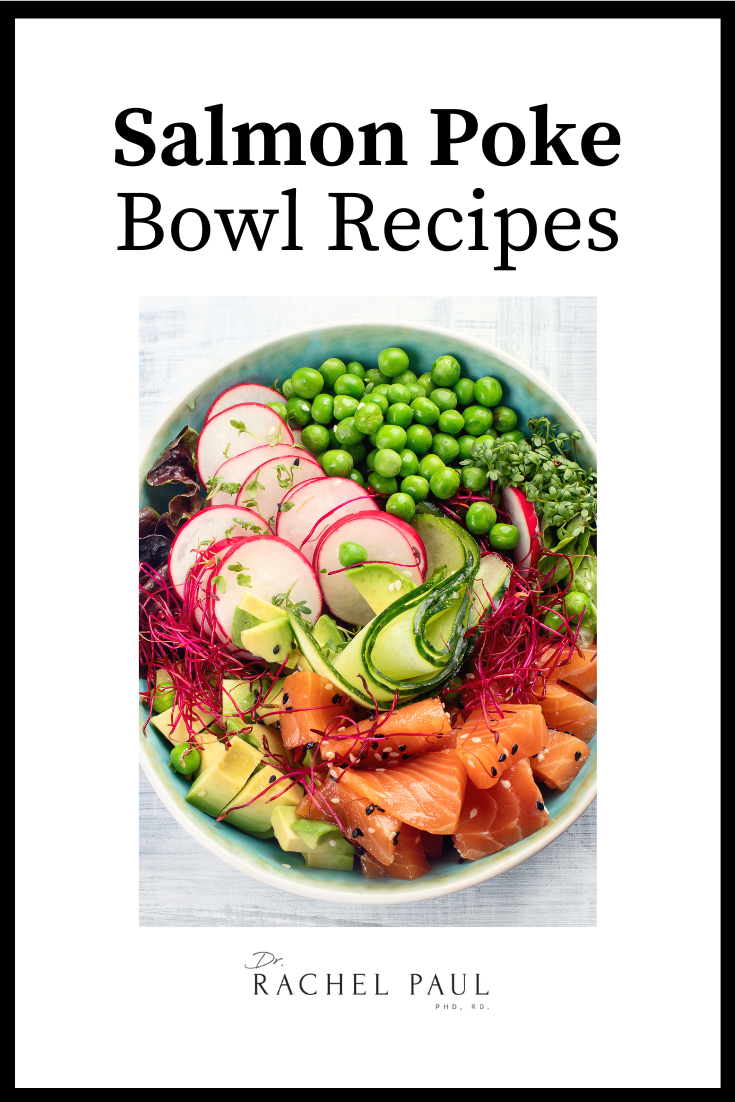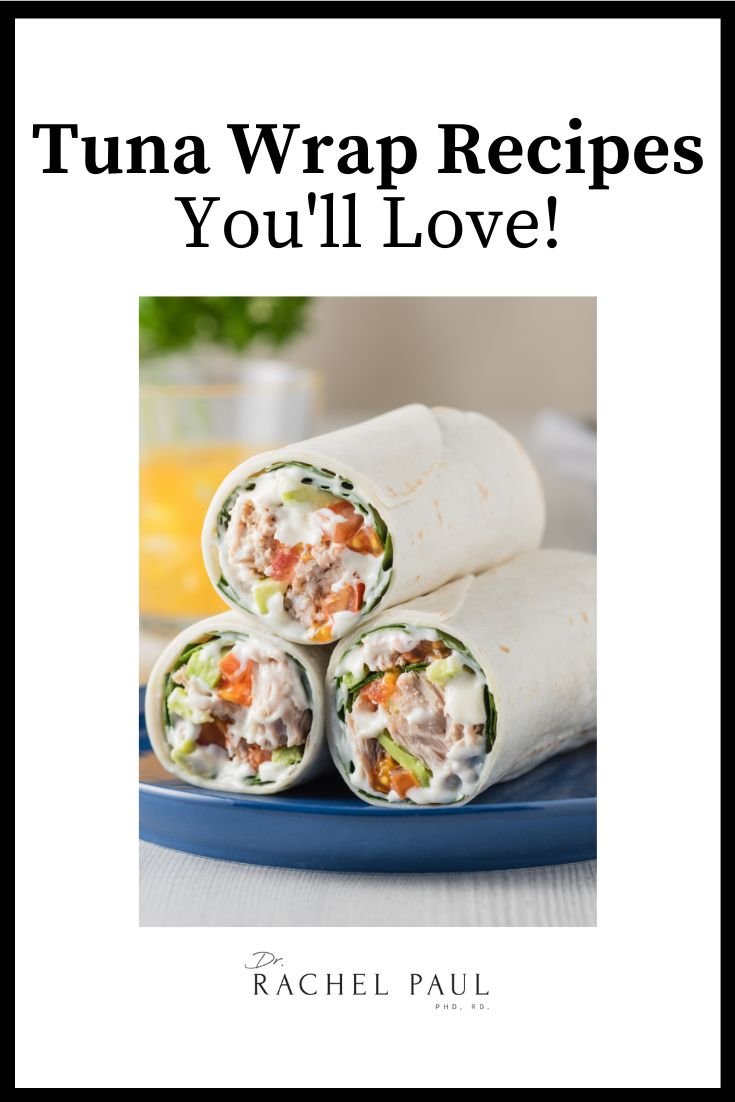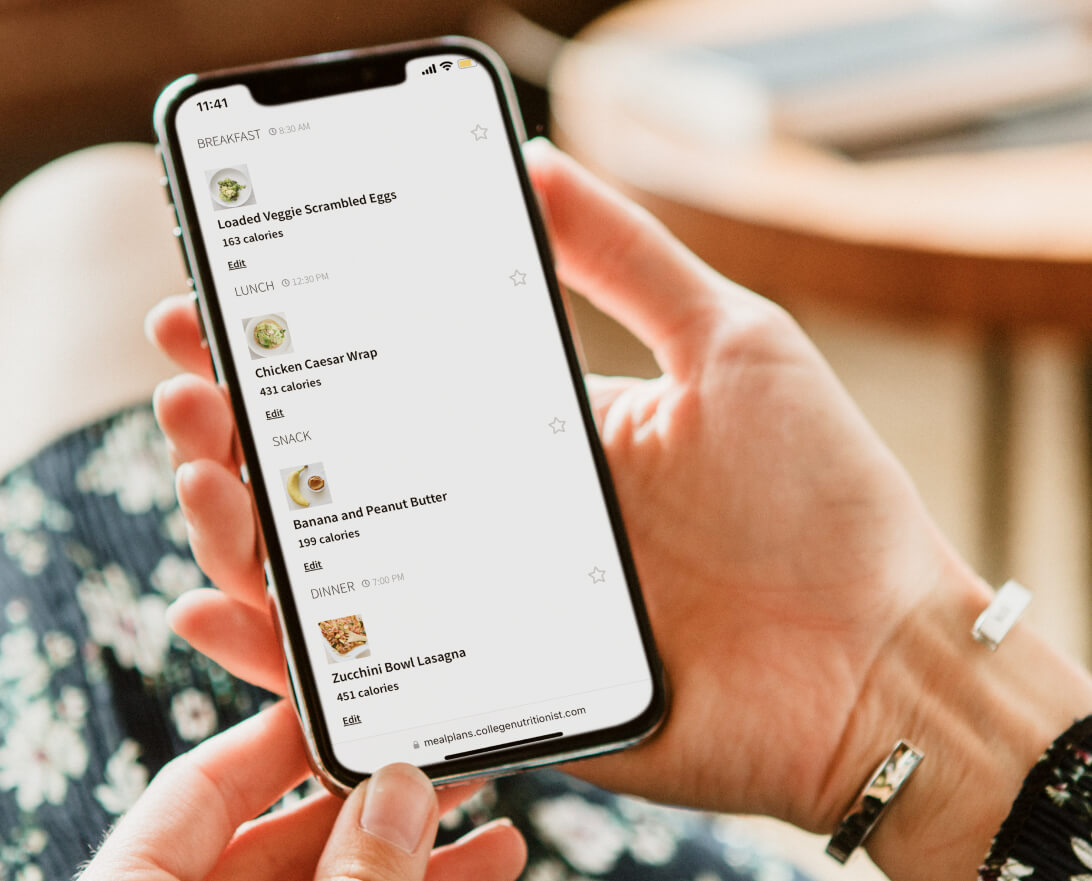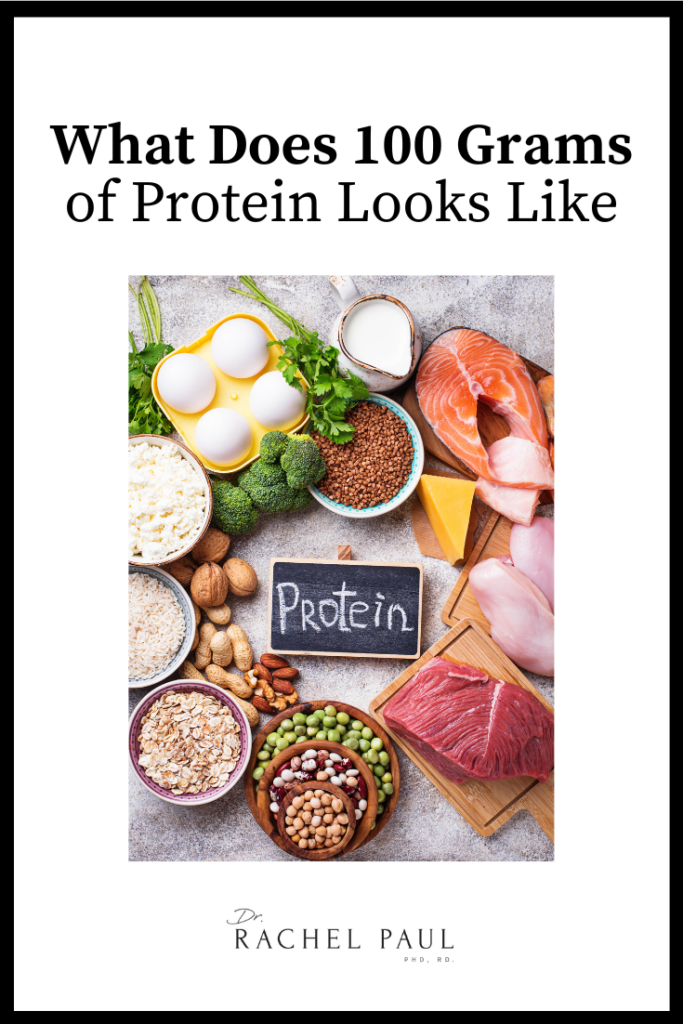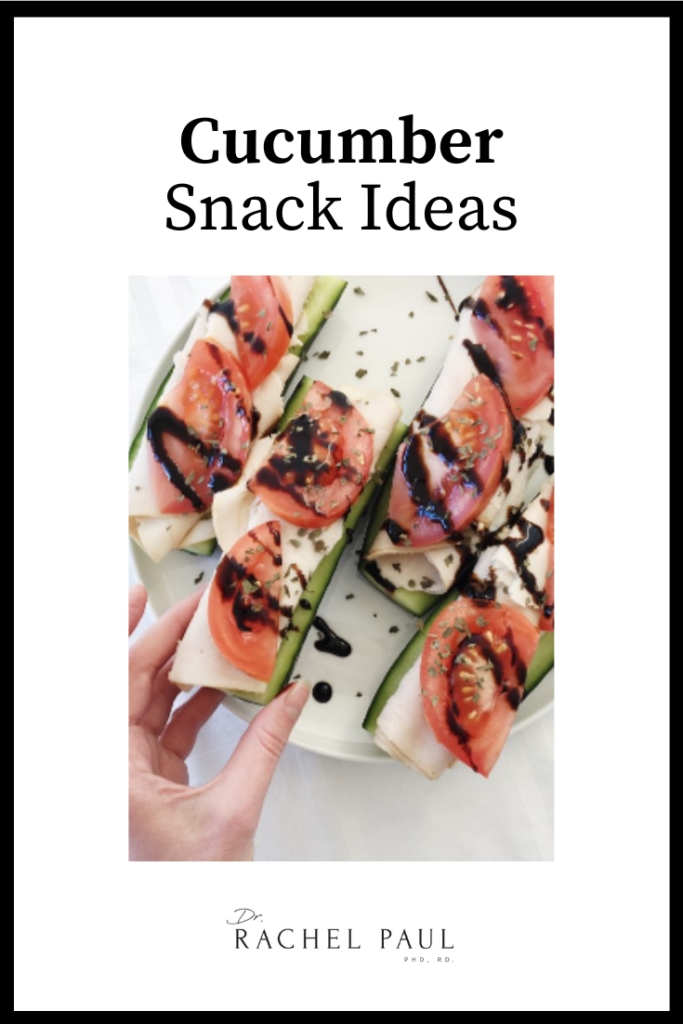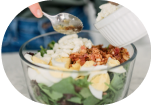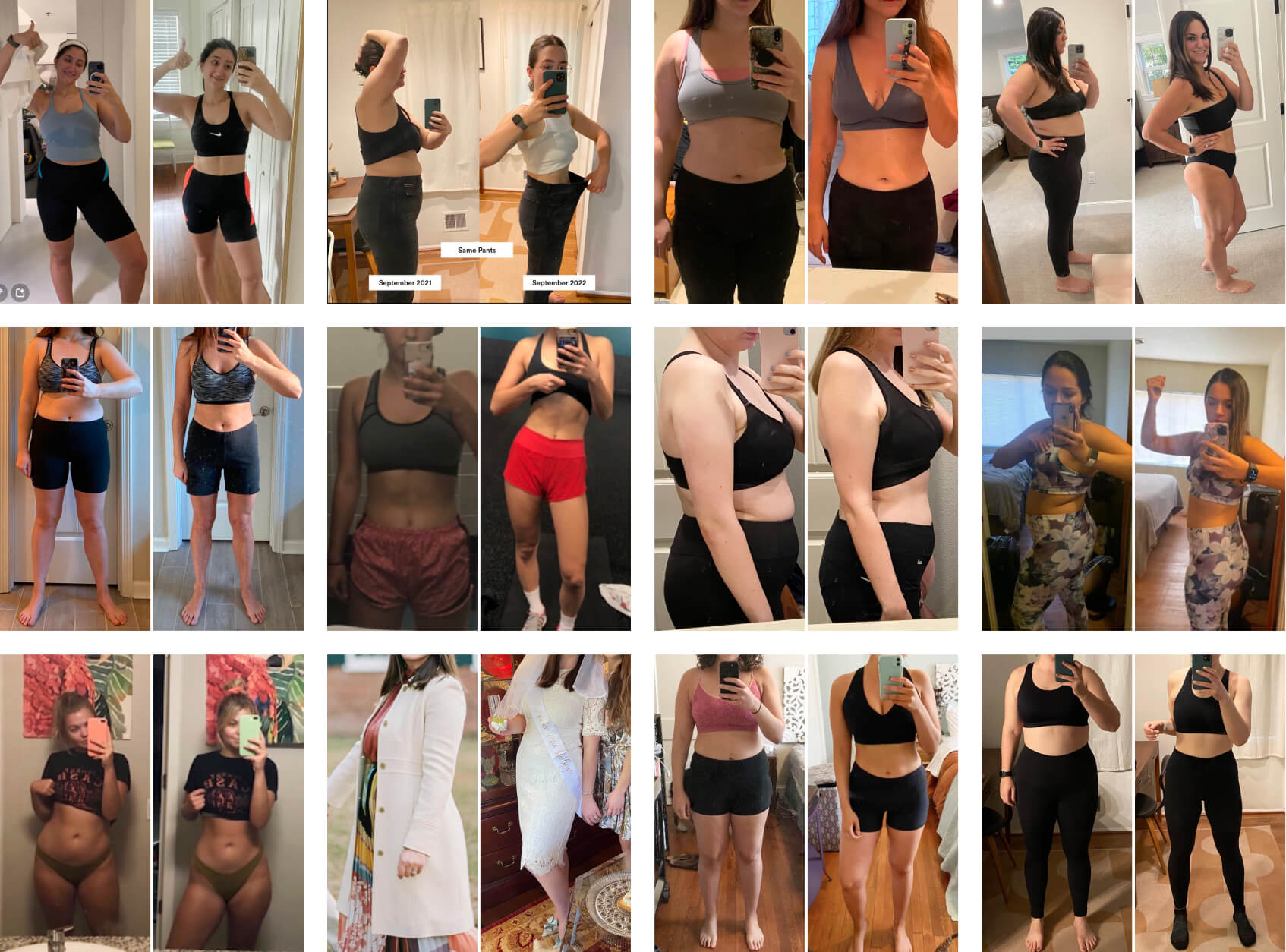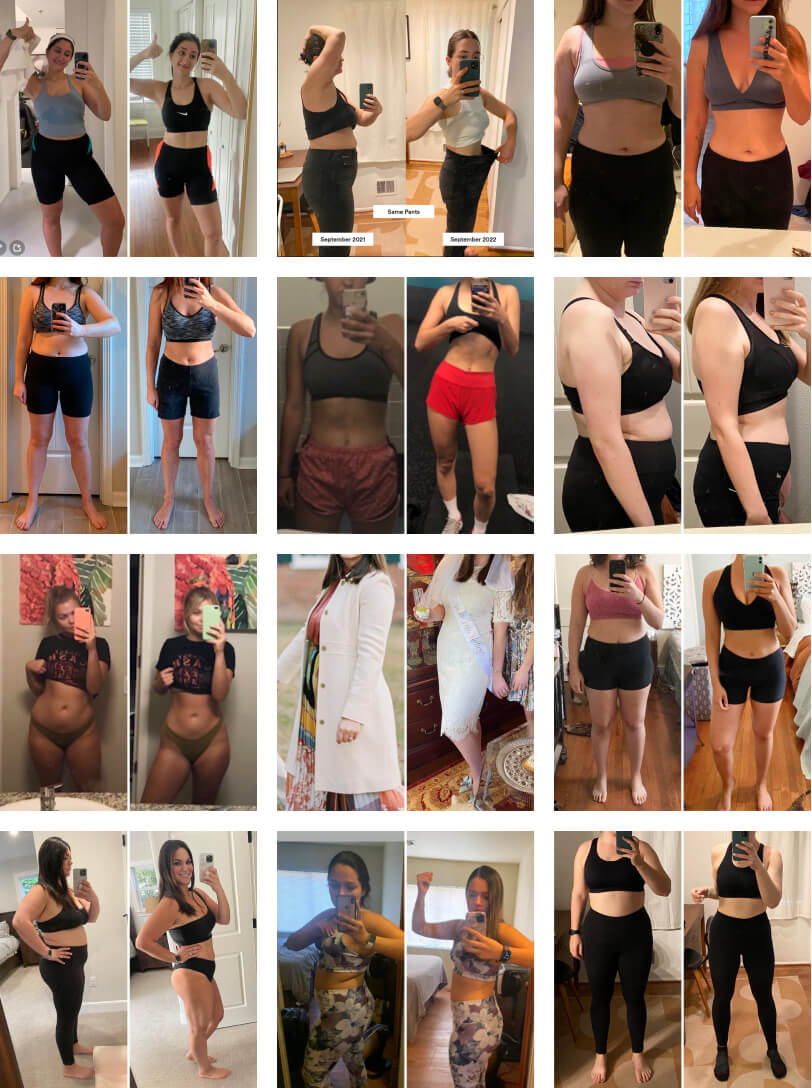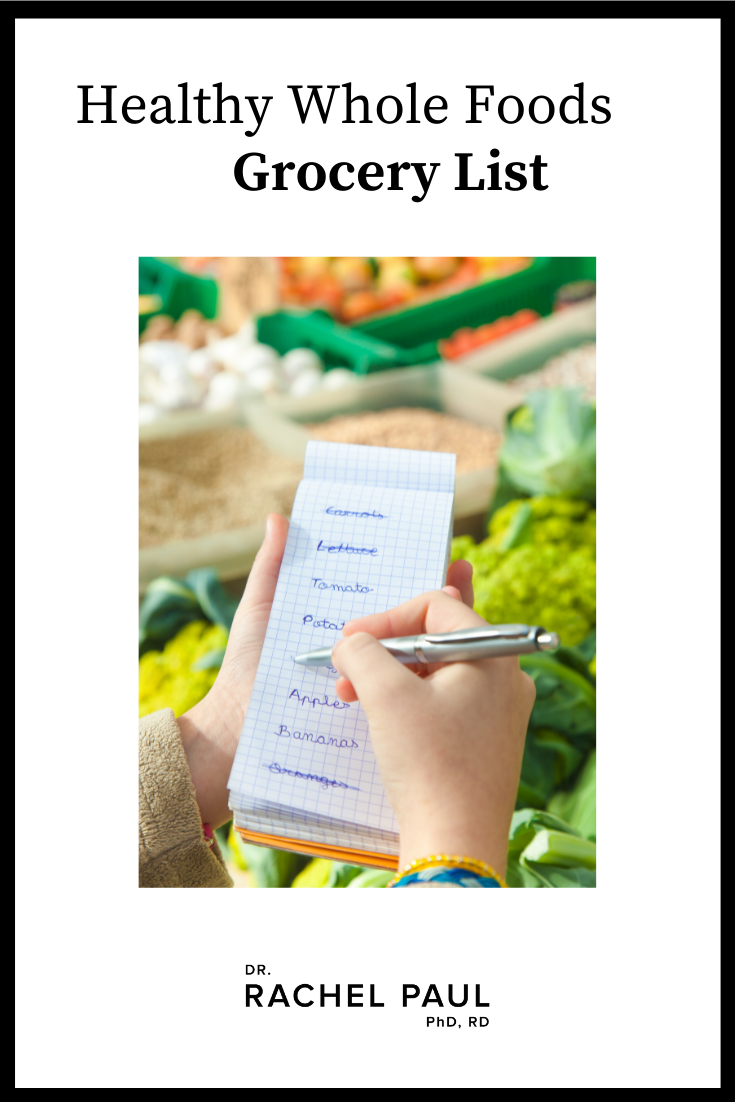
I personally love grocery shopping! Especially when I know I’m shopping for healthy whole foods.
However, it’s easy to get lost in the sea of fresh, colorful produce. So, having a grocery list and sticking to it can help save time, energy, and money while grocery shopping.
A whole foods grocery list can help you get a variety of different ingredients and a balance of nutrients, and it will help you with clean eating.
That’s why, in this post, I’m including a whole foods grocery list organized into categories, as well as some tips for doing whole foods shopping. Your next trip to the grocery store will be a piece of cake with this shopping list and these useful tips!
Healthy Whole Foods Grocery List
Whole Grains
Wheat
Wholegrain rice
Brown rice
Quinoa
Farro
Bulgur wheat
Barley
Wholegrain bread
Vegetables
Tomatoes (even though it’s actually a fruit)
Cucumber
Zucchini
Eggplant
Bell peppers
Carrots
Onions
Garlic
Spinach
Kale
Swiss Chard
Bok Choy
Brussels Sprouts
Lettuce
Broccoli
Potatoes
Sweet Potato
Cauliflower
Asparagus
Mushrooms
Fruits
Apples
Oranges
Grapefruit
Pomegranates
Bananas
Watermelon
Melon
Pears
Peaches
Strawberries
Mango
Pineapple
Kiwi
Raspberries
Blueberries
Cherries
Nuts, Seeds, Healthy Fats
Almonds
Hazelnuts
Peanuts
Macadamia nuts
Cashews
Walnuts
Pumpkin seeds
Sunflower seeds
Chia seeds
Avocados
Olive Oil
Peanut Butter
Other unprocessed (or very lightly processed) nut butters
Lean Meats, Fish, Eggs
Chicken
Turkey
Pork
Beef (grass-fed beef is more nutritious) – regular beef or ground beef
Salmon
Shrimp
Cod
Oysters
Mussels
Eggs
Beans And Legumes
Black Beans
White Beans
Kidney Beans
Lentils
Chickpeas
Split Peas
Dairy
Milk
Yogurt
Greek Yogurt
Unprocessed Cheese
Herbs & Spices
Salt
Pepper
Cumin
Turmeric
Curry Powder
Cayenne Pepper
Oregano (fresh & dried)
Basil (fresh & dried)
Rosemary (fresh & dried)
Thyme (fresh & dried)
Dill (fresh & dried)
Chives (fresh & dried)
Printable Whole Foods Grocery List
Whole Foods Grocery Shopping Tips
What are whole foods
In case you’re not even entirely sure what whole foods are, whole foods are foods as close as possible to their natural states. They don’t contain added sugar, chemicals, flavorings, or anything artificial. They’re foods that haven’t been processed.
While some only consider foods that are completely unprocessed to be whole foods, some accept very slightly processed foods as whole foods – it’s up to you to decide what you prefer to consume.
How to choose foods
When it comes to choosing foods for each category, there are some tips & tricks you should know.
So, let’s get into the tips.
Get organic dairy products (if possible from pasture-raised animals), and not processed products (such as processed cheeses)
Get pasture-raised eggs
Meat raised with no antibiotics or hormones
Get clean products with no added sugars
Get some foods from the bulk section to make it more affordable
Buy organic foods
Whenever it’s possible, buy high-quality organic foods. While organic doesn’t always mean healthy, when it comes to whole foods such as fruits and veggies, organic means it will likely be a bit better for you. Just note that organic food can often be a bit more expensive.
Check the label
When you’re buying stuff like peanut butter, that’s slightly processed (typically whole foods aren’t processed at all, but many people count the very slightly processed foods as whole foods), make sure you check the label. That is especially important for your pantry items.
For example, peanut butter can be made with just blended peanuts. Therefore, it’s mostly considered a whole food. However, some brands put in additional and artificial things, which means those brands wouldn’t be considered whole foods.
Also, salad dressing often contains tons of added ingredients. So check the label to make sure it’s a whole food. Another note: if you have other food needs, for example you only eat gluten-free food, make sure to check the labels – for example, salad dressings are often not gluten-free either, although you might think they are.
So, make sure you check the label for everything.
Eat lots of fruits & veggies
The purest form of whole foods are fruits and veggies. Some people decide to be fully plant-based when they decide to eat whole foods (so no meat and dairy) just because of their personal preference, and some people decide to include meat and dairy when it’s whole foods.
But whatever you decide, you should eat lots of vegetables and fruits, whether it’s fresh produce, or frozen fruits & veggies.
When it’s frozen, just check the label to see if nothing was added to it (but it shouldn’t be), and you’re good.
What not to eat
Here’s what to avoid when shopping for whole foods:
Packaged foods: chips, frozen meals, snack bars, etc.
Sweets: chocolate, candy, etc.
Added sugar in anything
Pre-made (prepared) foods: pre-made sauces, etc.
Processed foods: processed cheeses, deli meat, bacon, etc.
Fast food: pizza, burgers, fries, etc.
Refined grains: white rice, white flour, white bread, white pasta, etc
Where to shop
You can find whole foods in any grocery store (Trader Joe’s, Whole Foods market, etc.). You just need to know what is considered a whole food, and you need to check the label for everything. Get your card full with whole foods!
A great place to shop for fruits and veggies is a farmer’s market. They usually have better produce than grocery stores, since the farmers are growing them themselves, with nothing sprayed on the fruits & veggies (usually).
Examples of whole food recipes
If you’re struggling to find some recipe ideas with whole foods, here are a few ideas.
Breakfast idea:
Eggs in Peppers
163 calories
Ingredients:
2 Egg, large – 144 calories
½ Bell pepper, red – 18.5 calories
1 Salt, dash – 0 calories
1 Pepper, dash – 0 calories
Instructions:
Slice bell pepper into rings (2, have the rest of the pepper on the side or save for a snack!)
Spray pan with an oil spray & add in the 2 pepper rings
Crack 1 egg into each ring
Cover with lid & cook through to desired egg consistency
Snack idea:
1 Apple & 1/4 Cup Nuts
FRUIT
277 calories
Ingredients:
1 Apple, small – 77 calories
¼ cup Nuts – 200 calories
Instructions:
No nuts? Use seeds.
Lunch idea:
Fajita Chicken Sheet Pan
369 calories
Ingredients:
½ cup Asparagus spears, chopped – 13.5 calories
½ Onion, yellow – 27.5 calories
½ Bell pepper, red – 18.5 calories
6 oz Chicken breast, boneless, skinless, raw – 190 calories
1 Cumin, dash – 0 calories
½ tsp Garlic powder – 0 calories
½ tsp Chili seasoning – 0 calories
1 Salt, dash – 0 calories
1 Tbsp Olive oil (Tbsp) – 119 calories
Instructions:
Preheat oven to 400 degrees
Line a baking sheet with parchment paper & spray it with an oil spray
Thinly slice onion and bell pepper
Cut off hard ends of asparagus and discard
In a bowl, add all seasonings
Add chicken and veggies to the bowl, mix around so everything is coated. Add larger quantities of the seasonings if you like
Add veggies and chicken to sheet pan, bake for 30 minutes, flip chicken over at 15 minutes
Arrange all foods on a plate, top with oil and more seasonings.
Dinner idea:
Garlic Salmon and Broccoli
268 calories
Ingredients:
2 cups Broccoli – 62 calories
4 oz Salmon fillet – 200 calories
1 tsp Sesame seeds (tsp) – 6 calories
1 Garlic salt, dash – 0 calories
2 tsp Garlic, minced (tsp) – 0 calories
2 slice Lemon, slice – 0 calories
Instructions:
Preheat oven to 400 degrees F.
Line baking sheet with parchment paper or tin foil.
In a bowl, mix raw broccoli with minced garlic.
Add salmon and broccoli to baking sheet. Top with garlic salt.
Bake salmon & broccoli for 20 minutes, or until salmon flakes easily.
Squeeze lemon on top of broccoli & salmon once cooked.

